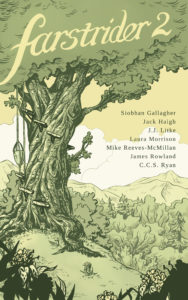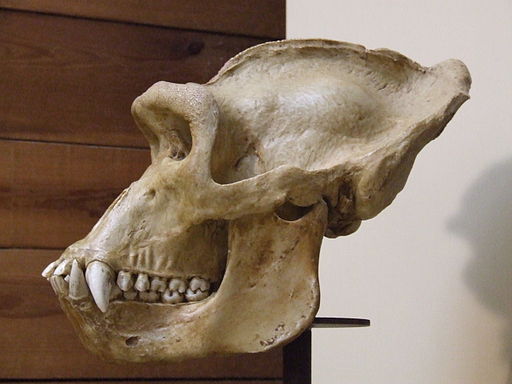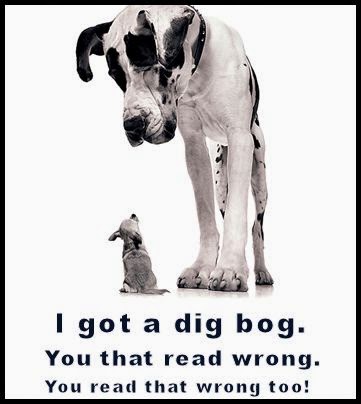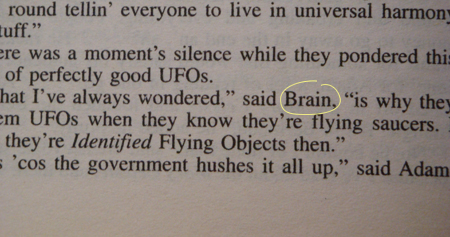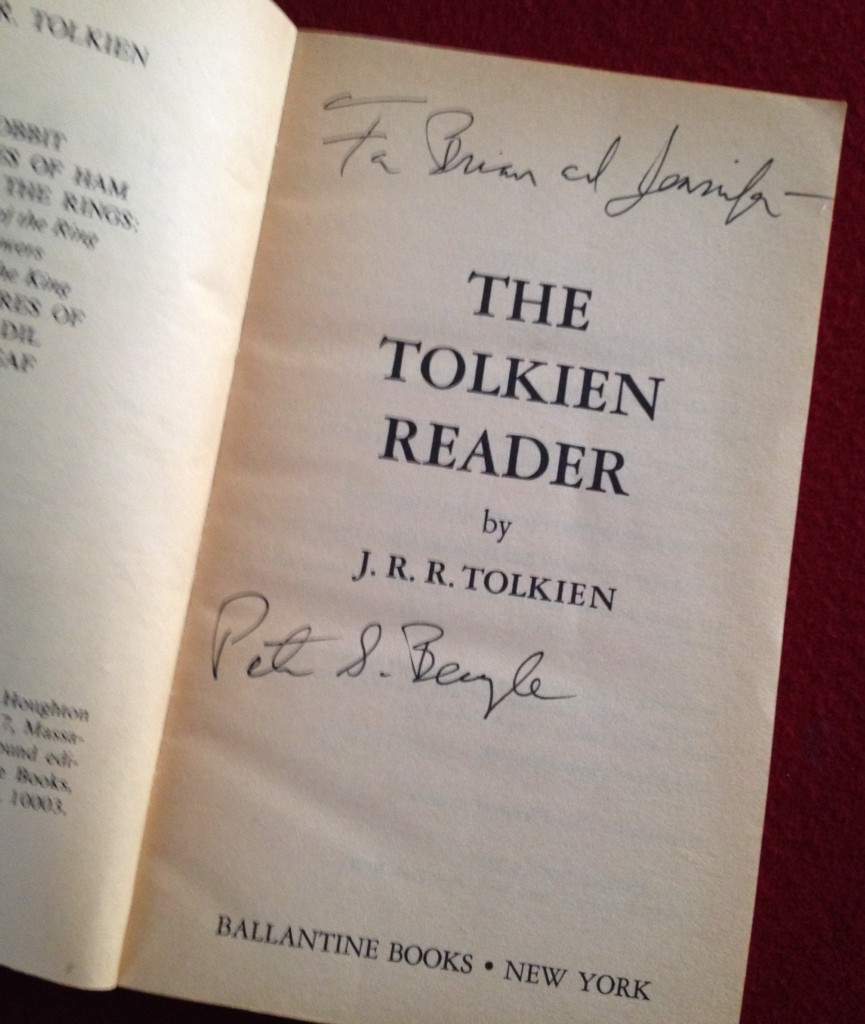My flash story—When the Planets Left—is live at Cast of Wonders!
It’s one of their Little Wonders episodes that combine flash stories together. My story is second, starting at about 9:15. The first story is The There-It-Is Store by Adam Gaylord.
The episode theme is Embracing Change. I knew my story involved a concept of change (I know because I wrote it), but it was eerie to listen to the entire episode and see what an amazing job they did of blending my little story into a deeply meaningful theme.
Enjoy!
